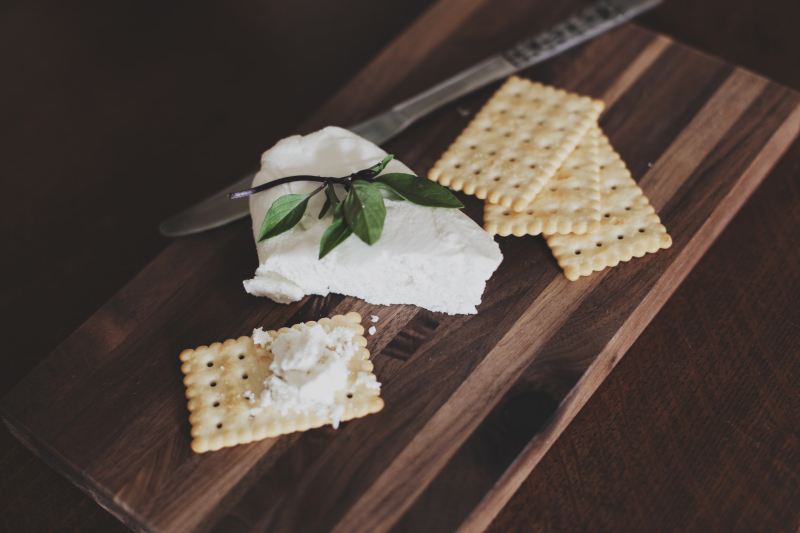
You open your refrigerator, only to find a forgotten treasure hiding behind the pickles and leftover lasagna. It’s a tub of cream cheese, waiting patiently to be mixed into your next recipe. But alas, you’re faced with a conundrum — what if you can’t use it all before it goes bad? Fear not, foodie! We’re here to answer the age-old question: Can you freeze cream cheese? Grab your apron and get ready to discover the frosty secrets of freezing cream cheese!
How to freeze cream cheese, and other common questions

The short answer is yes, you can freeze cream cheese, but there are a few things you should know to ensure the best results. Let’s have a look!
How long does cream cheese last in the freezer?
When properly stored, cream cheese can last in the freezer for up to two months. It’s important to note that freezing cream cheese can alter its texture slightly. While it will still be safe to consume after freezing, the thawed cream cheese may be slightly crumbly or have a grainy texture. Therefore, it’s best to use frozen cream cheese in recipes where the texture won’t be a significant factor, such as in baked goods or casseroles.
How to freeze opened cream cheese
If you have an opened package of cream cheese that you’d like to freeze, there are a few steps you should follow to ensure it stays fresh and maintains its quality:
- Transfer the cream cheese. Remove the cream cheese from its original packaging and transfer it to an airtight container or resealable freezer bag. Make sure the container is labeled with the date of freezing.
- (Optional) Portion it out. If you don’t plan on using the entire package of cream cheese at once, consider dividing it into smaller portions before freezing. This way, you can thaw only the amount you need for each recipe, minimizing waste.
- Seal and protect. Ensure that the container or freezer bag is tightly sealed to prevent any air from reaching the cream cheese. Exposure to air can cause freezer burn, affecting the quality and taste of the cream cheese.
- Store in the freezer. Place the container or freezer bag in the coldest part of your freezer, such as the back or the bottom shelf. The lower the temperature, the better the cream cheese will retain its texture and flavor.
How to thaw cream cheese
When it comes to thawing cream cheese, it’s important to do it slowly to maintain its creamy texture. Here’s a step-by-step guide:
- Transfer to the fridge. Remove the frozen cream cheese from the freezer and place it in the refrigerator. Allow it to thaw slowly overnight or for approximately 24 hours. Thawing in the refrigerator helps prevent the growth of harmful bacteria and preserves the cream cheese’s quality.
- Check the texture. After the cream cheese has thawed, examine it for any changes in texture or appearance. As mentioned earlier, it may become slightly crumbly or grainy. If this occurs, don’t worry; it’s still safe to use in recipes that call for melted or blended cream cheese.
How to make frozen cream cheese creamy again
If you find that your thawed cream cheese has a slightly different texture than its fresh counterpart, there are a few tricks you can try to make it creamy again:
- Beat or blend. Using an electric mixer or blender, beat or blend the thawed cream cheese until it becomes smooth and creamy. This process can help eliminate any graininess and restore its original texture.
- Add a splash of liquid. If the cream cheese remains slightly dry or stiff after blending, you can add a small amount of liquid, such as milk or cream, to help soften it and bring back its creamy consistency. Start with a teaspoon at a time and mix until you achieve the desired texture.
The freezer can be cream cheese’s best friend when it comes to extending its shelf life and ensuring you never waste a dollop of this creamy delight again. Remember, freezing cream cheese is entirely possible, but be prepared for a slight change in texture upon thawing.



